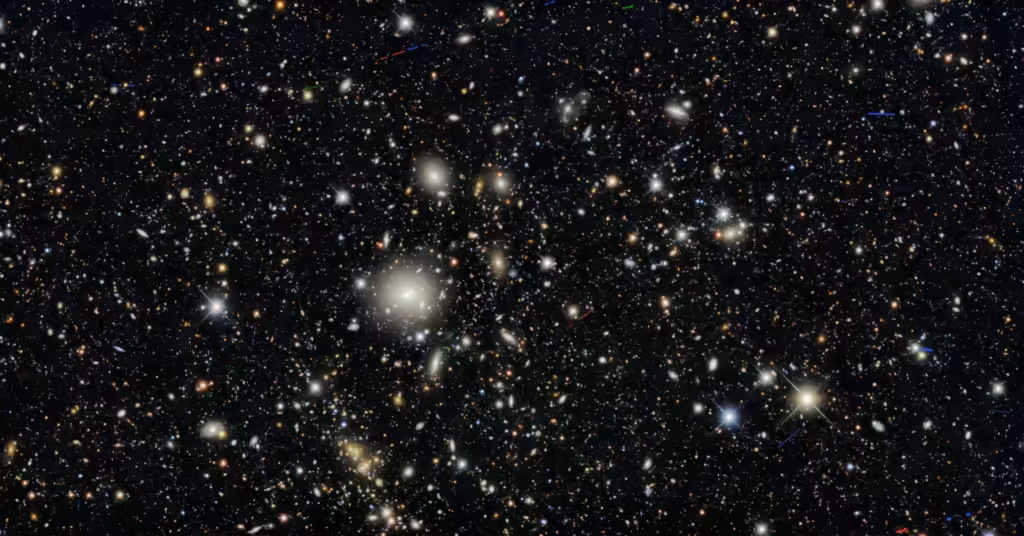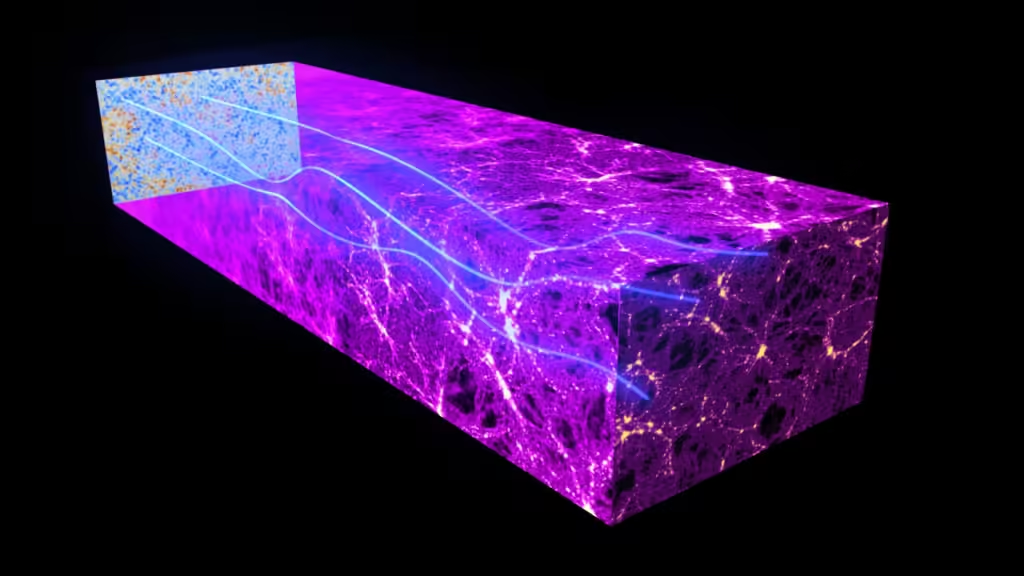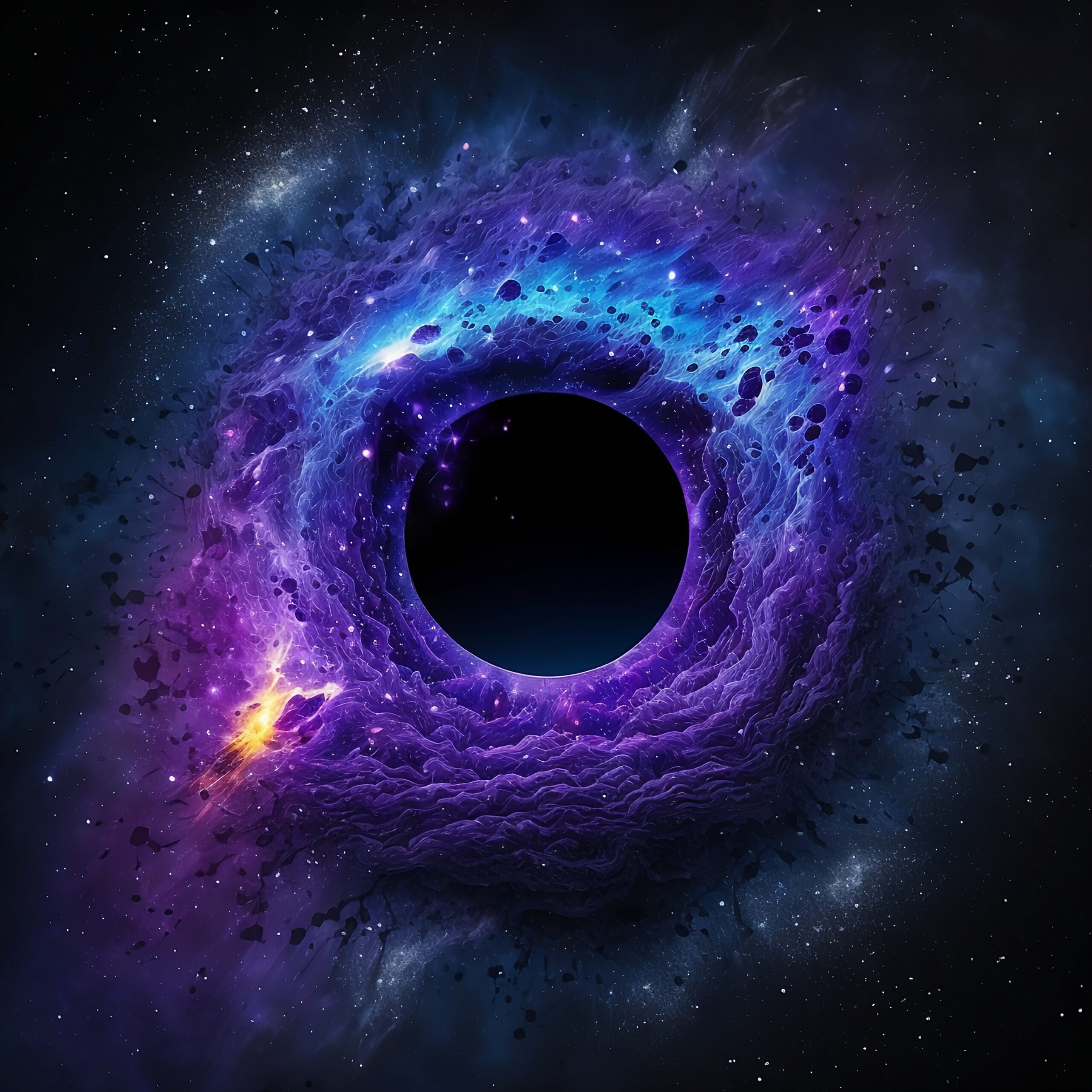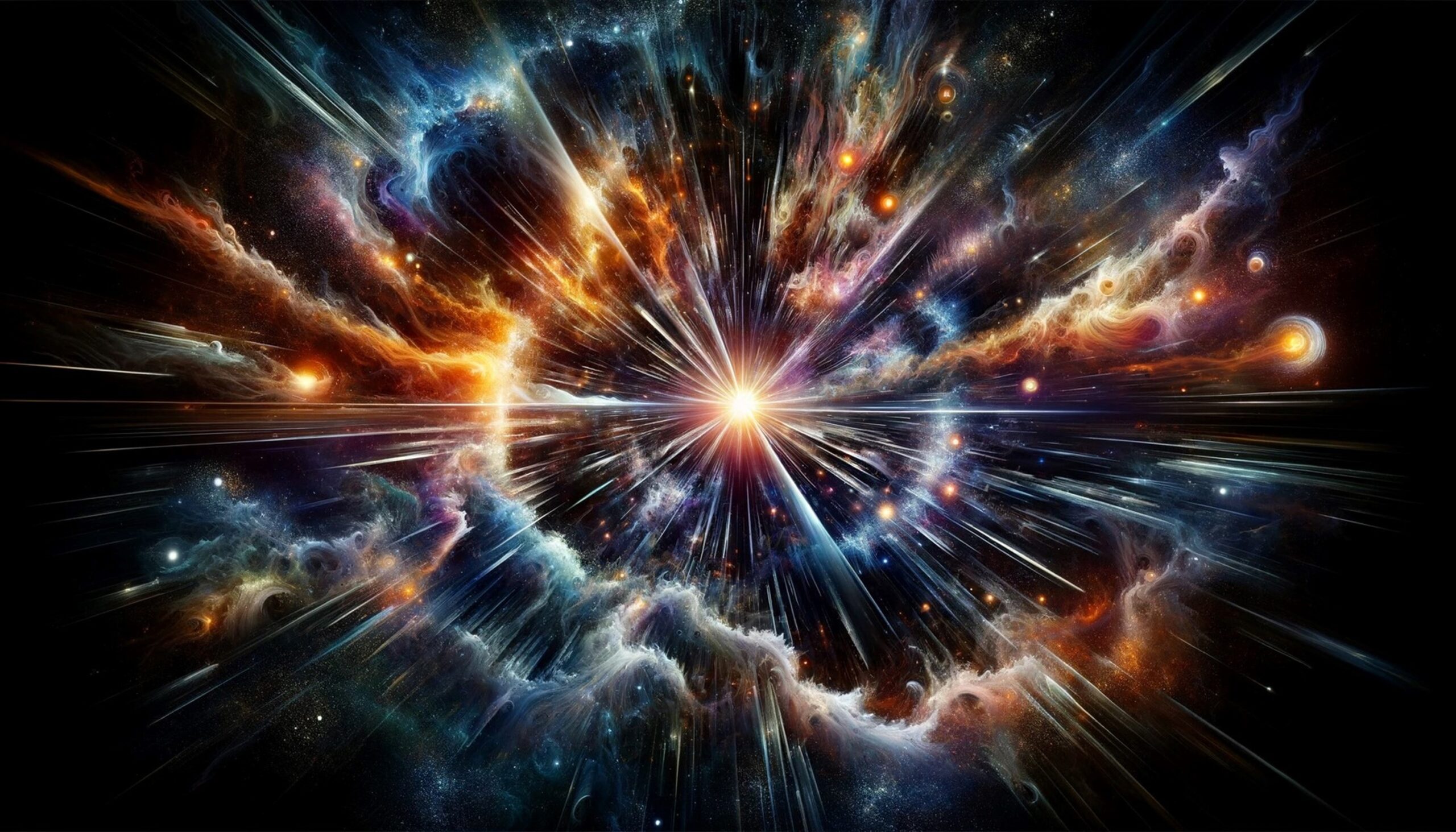- Introduction
- Fact 1: Dark Matter Isn’t Actually ‘Dark’
- Fact 2: Dark Matter Helps Keep Galaxies Together
- Fact 3: Dark Energy is Stretching the Universe
- Fact 4: Dark Matter is Made of Unknown Particles
- Fact 5: Dark Matter and Dark Energy are in a ‘Cosmic Tug-of-War’
- Fact 6: Dark Matter Shapes the Universe’s Large-Scale Structure
- Fact 7: We’ve Never Seen Dark Matter Directly
- Fact 8: Dark Energy Could Determine How the Universe Ends
- Fact 9: Dark Matter and Black Holes are Different
- Fact 10: Dark Matter and Dark Energy Could Lead to New Physics
- Conclusion
Introduction
When we look up at the night sky, all the stars, planets, and galaxies we see only makeup about 5% of the entire universe. The other 95% is made up of two mysterious substances: dark matter and dark energy. Dark matter acts like an invisible glue, holding galaxies together with its gravity, while dark energy seems to be pushing the universe to expand faster and faster. Even though we can’t see or touch them, dark matter and dark energy are essential to the structure and future of our universe. They are some of the biggest mysteries in modern science, and scientists everywhere are working to uncover their secrets.
Fact 1: Dark Matter Isn’t Actually ‘Dark’
Dark matter isn’t dark like a shadow. It’s simply invisible to us. Unlike regular matter, dark matter doesn’t give off, absorb, or reflect any kind of light, so telescopes can’t detect it. But we know it’s there because of its effects on things we can see. Think of it like the wind: you can’t see it, but you can see how it moves the leaves. In the same way, we detect dark matter through the way its gravity affects stars and galaxies around it.

Page URL: https://commons.wikimedia.org/wiki/
Attribution: Dark Energy Survey/DOE/FNAL/DECam/CTIO/NOIRLab/NSF/AURAAcknowledgments: T.A. Rector (University of Alaska Anchorage/NSF’s NOIRLab), M. Zamani (NSF’s NOIRLab) & D. de Martin (NSF’s NOIRLab), CC BY 4.0 https://creativecommons.org/licenses/by/4.0, via Wikimedia Commons
Fact 2: Dark Matter Helps Keep Galaxies Together
Dark matter acts as a kind of glue that holds galaxies together. Without it, galaxies would spin so fast that they’d fall apart since visible matter alone doesn’t create enough gravity to keep them intact. In the 1970s, astronomer Vera Rubin noticed that stars on the edges of galaxies were moving faster than they should be. This led to the big discovery that some invisible force—dark matter—was holding galaxies together. Her work was one of the first big pieces of evidence for dark matter.
Fact 3: Dark Energy is Stretching the Universe
Dark energy is a strange force that’s causing the universe to expand faster over time. Until the late 1990s, scientists thought gravity would eventually slow this expansion, but studies of distant exploding stars (supernovae) showed the opposite. This discovery earned a Nobel Prize in 2011. Dark energy acts like “anti-gravity,” pushing galaxies away from each other and stretching space itself. Think of it like blowing up a balloon, only it’s expanding faster and faster over time—that’s similar to dark energy’s effect on the universe.
Fact 4: Dark Matter is Made of Unknown Particles
Despite years of study, we still don’t know what dark matter is. Scientists have proposed different possibilities, like WIMPs (Weakly Interacting Massive Particles) and axions. WIMPs are heavy particles that interact with regular matter only through gravity, making them hard to detect. Axions are lighter particles that may form inside stars. Scientists are using everything from particle colliders to underground detectors to try and find these particles.
Fact 5: Dark Matter and Dark Energy are in a ‘Cosmic Tug-of-War’
Dark matter and dark energy are in a constant battle that affects the entire universe. Dark matter pulls galaxies together, while dark energy pushes them apart. If dark energy dominates, the universe could keep expanding forever; if dark matter wins, the expansion might slow down or reverse. This tug-of-war affects not just how the universe looks now, but how it might end in the distant future.
Fact 6: Dark Matter Shapes the Universe’s Large-Scale Structure
Dark matter forms an invisible web that helps shape the universe. When scientists map the cosmos, they see that galaxies and galaxy clusters are arranged along dark matter “filaments.” This web-like structure is visible through gravitational lensing, where light bends around massive objects like dark matter. Studying this lensing helps scientists map how dark matter is spread throughout the universe.

Page URL: https://commons.wikimedia.org/wiki/
Attribution: ESA and the Planck Collaboration, CC BY 4.0 https://creativecommons.org/licenses/by/4.0, via Wikimedia Commons
Fact 7: We’ve Never Seen Dark Matter Directly
One of the biggest mysteries about dark matter is that we’ve never directly detected it. Unlike regular matter, dark matter doesn’t interact with light, so it’s completely invisible to us. Many experiments, from particle accelerators to underground labs, are trying to capture even a hint of it, but so far, nothing. This mystery only makes dark matter more exciting to study.
Fact 8: Dark Energy Could Determine How the Universe Ends
Dark energy has led scientists to consider different possibilities for how the universe might end. One idea, the “Big Rip,” suggests that dark energy could eventually pull apart galaxies, stars, and even atoms. Another idea, the “Big Freeze,” suggests the universe could keep expanding until all matter is spread out, with no energy left to form stars. Dark energy could decide which of these fates, or perhaps another, awaits the cosmos.
Fact 9: Dark Matter and Black Holes are Different
It’s a common mistake to think dark matter and black holes are similar, but they’re not. Black holes are dense objects with powerful gravity, while dark matter is an invisible substance that doesn’t clump or act like regular matter. However, some scientists think that dark matter might collect around black holes or help form massive black holes early in the universe.
Fact 10: Dark Matter and Dark Energy Could Lead to New Physics
The mysteries of dark matter and dark energy show that we still have much to learn about physics. While we understand gravity and quantum mechanics well, they don’t fully explain these “dark” parts of the cosmos. Discovering what dark matter and dark energy are might require a new theory of physics, possibly combining quantum mechanics and gravity. Solving these mysteries could lead to deeper insights into the universe and even the nature of existence itself.
Conclusion
Each of these facts shows just how mysterious and amazing dark matter and dark energy are. Dark matter acts like invisible glue that holds galaxies together, while dark energy drives the expansion of the universe. Together, these unseen forces shape the cosmos in ways we are only beginning to understand. Their mysteries could greatly impact the fate of the universe, the structure of galaxies, and even the basic laws of physics.
The future of research on dark matter and dark energy is very promising. Experiments with sensitive detectors in underground labs, observations from powerful telescopes like the James Webb Space Telescope, and ongoing studies in particle physics are all helping us find answers. With each new discovery, we’ll get a clearer understanding of the universe’s deepest secrets.
Share the knowledge with

